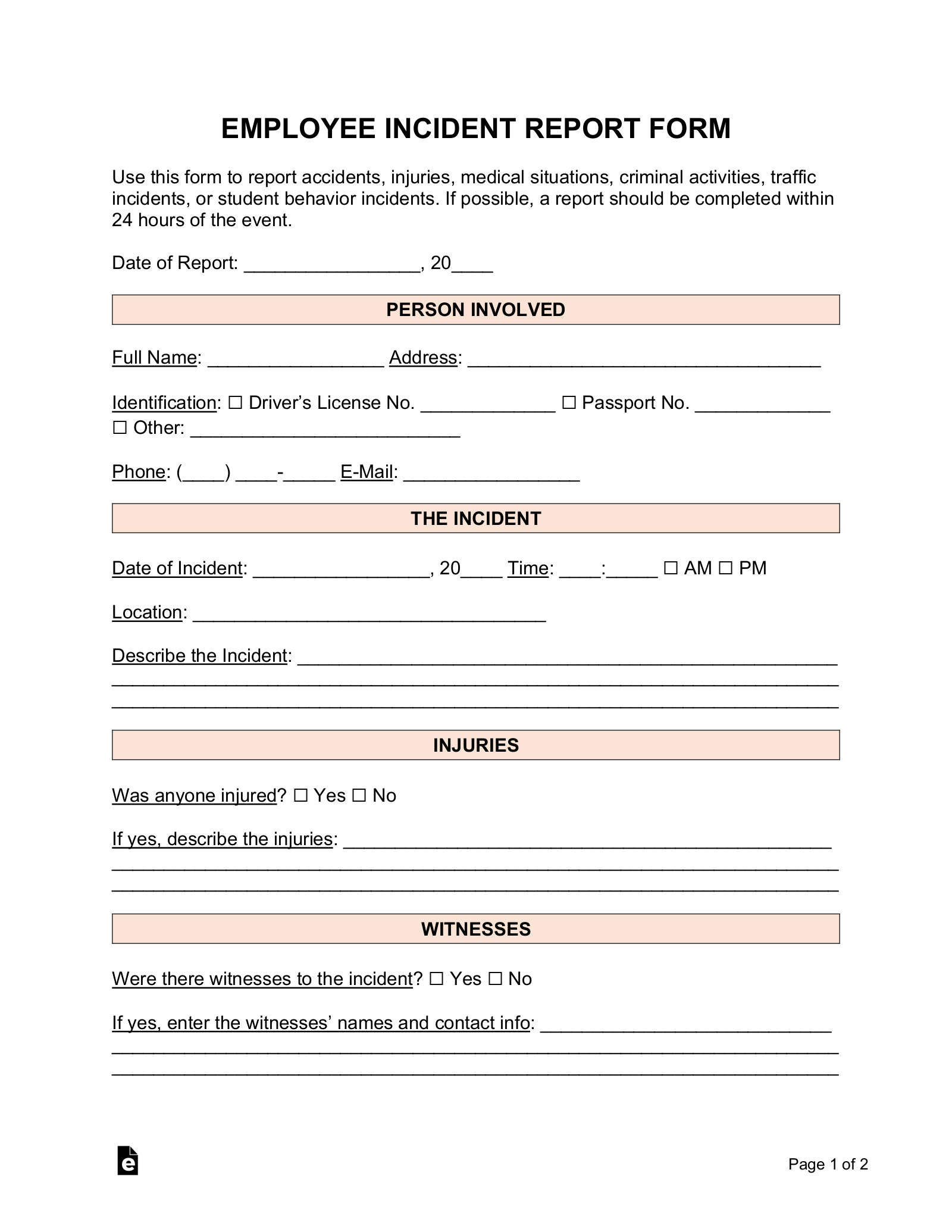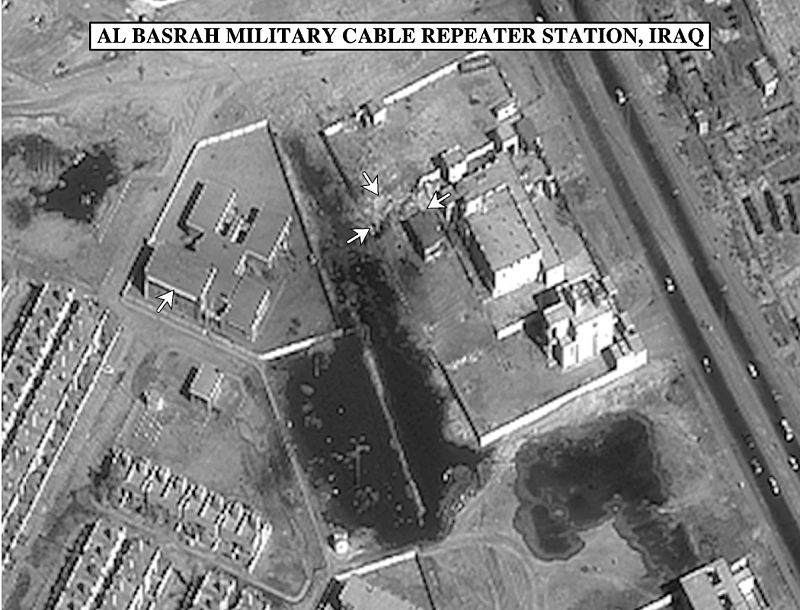Introduction
In a decisive response to an imminent threat, the United States and the United Kingdom, in collaboration with a coalition of allied nations, took preventive action last night to safeguard an American commercial vessel. The trigger for this intervention was an impending attack on the vessel, escorted by US military vessels, which occurred on Tuesday. This strategic move was meticulously communicated by both Washington and London, emphasizing a shared commitment to minimizing collateral damage and loss of life.
Incident Details

The targeted vessel, accompanied by US military escorts, faced an assault involving twenty drones and three missiles. Swift and effective defensive measures resulted in the interception and destruction of the hostile projectiles. Senior administration officials underscored that the outcome prevented potential sinking of the ships, especially one carrying jet fuel. The action’s success is indicative of the coalition’s proficiency in degrading facilities and capabilities, as opposed to causing extensive harm.
Aim and Strategy

The primary objective of the intervention, as articulated by officials, was to prevent the escalation of the conflict in the Gaza region to a broader geopolitical scale. While safeguarding regional stability remains a paramount concern, the coalition is also cognizant of the economic repercussions on a global scale. Continued threats to shipping through the Red Sea and the Suez Canal pose a significant risk to the world economy, prompting a proactive stance to safeguard international commercial interests.
Battle Damage Assessment

Detailed information on the impact of the defensive operation is expected to be disclosed by the Pentagon in the forthcoming hours and days. Preliminary reports from a senior administration official suggest “good effects” from the intervention, demonstrating the efficacy of the coalition’s response.
Conclusion
As tensions persist in the region, the collaborative efforts of the US, UK, and their coalition partners stand as a testament to their commitment to maintaining stability and security. The strategic communication of their actions reflects a concerted effort to mitigate potential wider conflicts while safeguarding vital economic routes and global trade.





